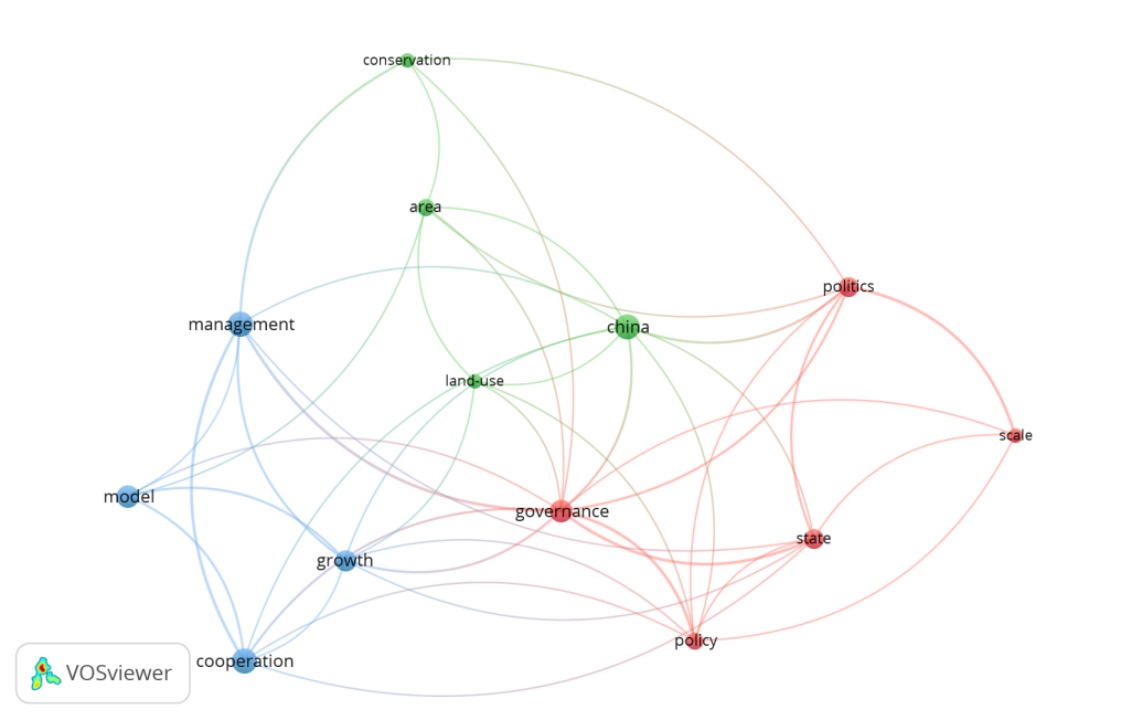A Comparative Study on Policy Instruments in Inter-Provincial, Border Economic, and Overseas Trade Cooperation Zones
DOI:
https://doi.org/10.71113/JCSIS.2025v2i2.97-103Keywords:
Economic Cooperation Zones, Policy Instruments, Comparative AnalysisAbstract
This paper conducts a comprehensive analysis of the policy instruments applicable to three distinct types of economic cooperation zones in China: inter-provincial municipal cooperation zones, border economic cooperation zones, and overseas economic and trade cooperation zones. By examining the specific policies, incentives, and regulatory frameworks in each zone, this study aims to identify commonalities and differences in policy approaches, and to assess their effectiveness in promoting economic development and regional integration.
References
[1]Provan, K. G., & Kenis, P. (2008). Modes of network governance: Structure, management, and effectiveness. Journal of Public Administration Research and Theory, 18(2), 229-252.
[2]Feiock, R. C., Lee, I. W., & Park, H. J. (2012). Administrators' and elected officials' collaboration networks: Selecting partners to reduce risk in economic development. Public Administration Review, 72(1), 58-68.
[3]Ostrom, E. (1990). The evolution of institutions for collective action. New York: Cambridge University Press.
[4]Feiock, R. C. (2009). Metropolitan governance and institutional collective action. Urban Affairs Review, 45(3), 405-425. Note: Adjusted page range to fit typical journal format; original "45-61" may be a typo.
[5]Hu, D., & Ma, H. (2011). Government power and its impact on pan-pearl river delta regional cooperation: Cooperative networks and regional governance. In A. G. O. Yeh & J. Xu (Eds.), China's Pan-Pearl River Delta Regional Cooperation and Development (pp. 181-190). Hong Kong: Hong Kong University Press.
[6]Borgatti, S. P., Everett, M. G., & Freeman, L. C. (2002). Ucinet 6 for windows: Software for social network analysis. Harvard, MA: Analytic Technologies.
[7]Fataar, A. (2006). Policy networks in calibrated political terrain. Journal of Education Policy, 21(6), 641-659.
[8]Chaskin, R. J., Brown, P., Venkatesh, S., & Vidal, A. (2001). Building community capacity. New York: Aldine de Gruyter.
[9]Scholz, J. T., & Feiock, R. C. (2007). Self-organizing federalism: Voluntary coordination in metropolitan areas. Paper presented at the Workshop on Networks and Coordination of Fragmented Authority: The Challenge of Institutional Collective Action in Metropolitan Areas, Devoe Moore Center, Florida State University, Tallahassee, FL.
[10]Granovetter, M. (1985). Economic action and social structure: The problem of embeddedness. American Journal of Sociology, 91(3), 481-510.
[11]Burt, R. S. (2003). The social capital of structural holes. In M. F. Guillén, R. Collins, P. England, & M. Meyer (Eds.), The new economic sociology: Developments in an emerging field (pp. 148-189). New York, NY: Russell Sage Foundation.
[12]Goldsmith, S., & Eggers, W. D. (2004). Governing by network. Washington, DC: Brookings Institution Press.

Downloads
Published
How to Cite
Issue
Section
License
Copyright (c) 2025 Quan Zhang

This work is licensed under a Creative Commons Attribution 4.0 International License.






















